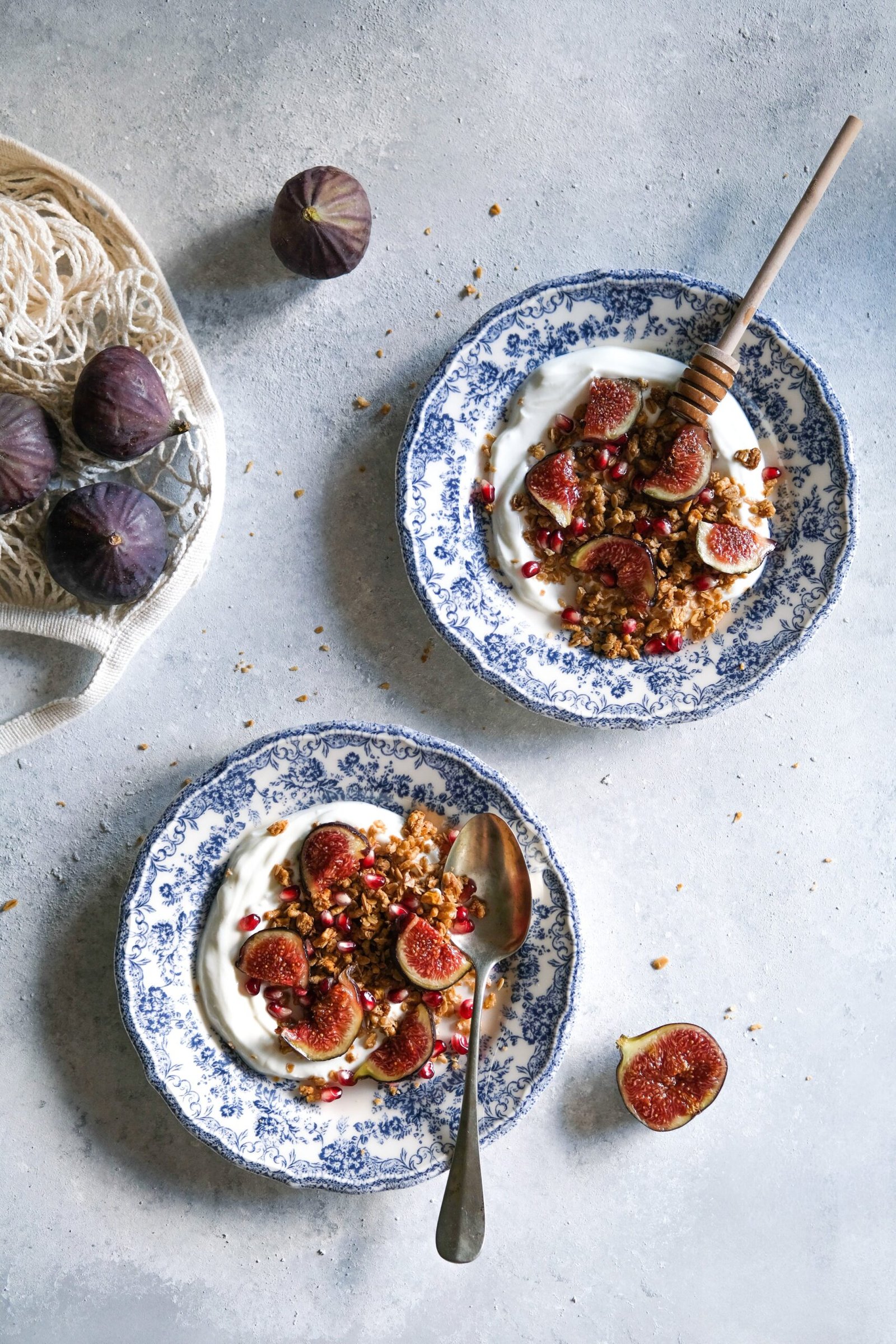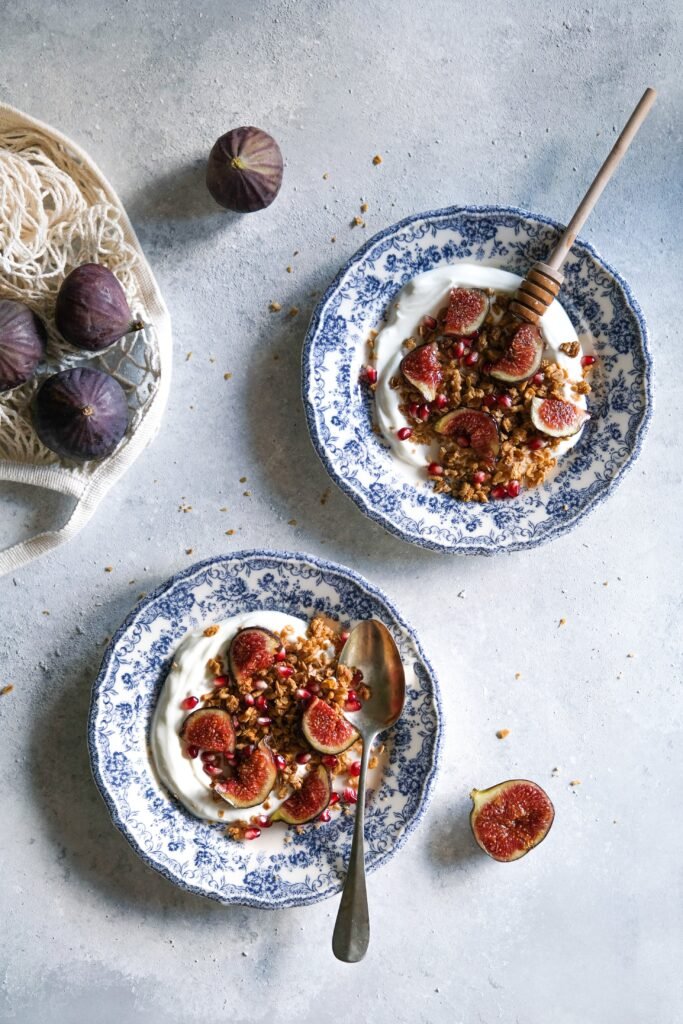
Looking to make your gluten-free diet easier and more delicious? Look no further! In this article, you will find a collection of practical tips and mouthwatering recipes that will help you navigate the world of gluten-free eating with ease. Whether you have Celiac disease or just prefer to live a gluten-free lifestyle, these tips are sure to inspire you and make your meals as enjoyable as ever. So grab your apron and get ready to embark on a gluten-free culinary adventure!
Find more product like these on Amazon!
What is Gluten?
Definition of gluten
Gluten is a protein found in wheat, barley, and rye. It is responsible for the elastic texture of dough and helps it rise during baking. Gluten is found in various forms, such as wheat flour, wheat bran, semolina, barley malt, and rye flour. It is used in many food products as a thickener, stabilizer, or flavor enhancer.
Common sources of gluten
Aside from the obvious sources like bread, pasta, and cereals that contain wheat, barley, or rye, gluten can be found in unexpected places. It can be present in sauces, dressings, soups, processed meats, and even in some medications and cosmetics. It is important to carefully read the labels of these products to ensure they are gluten-free.
Understanding Gluten-Free Diet
What is a gluten-free diet?
A gluten-free diet is a way of eating that excludes gluten-containing foods. It is primarily followed by people with celiac disease, a condition where consuming gluten damages the lining of the small intestine. However, many individuals choose to follow a gluten-free diet as a lifestyle choice or due to gluten sensitivity. The main goal of a gluten-free diet is to eliminate all sources of gluten to promote better health and well-being.
Benefits of gluten-free eating
Following a gluten-free diet can bring about several benefits. For individuals with celiac disease or gluten sensitivity, it can alleviate symptoms like abdominal pain, bloating, and diarrhea. It can also improve nutrient absorption and promote overall digestive health. Additionally, some people may find that a gluten-free diet reduces inflammation levels and helps manage certain autoimmune conditions. Ultimately, a gluten-free diet may contribute to increased energy levels and improved overall quality of life.

This image is property of images.pexels.com.
Getting Started with Gluten-Free Eating
Consulting a healthcare professional
Before embarking on a gluten-free diet, it is advisable to consult with a healthcare professional, such as a registered dietitian or a doctor specializing in celiac disease. They can provide personalized guidance, help identify potential sources of gluten, and ensure proper nutrient intake. They can also assist in monitoring any possible nutritional deficiencies that may arise from eliminating gluten-containing foods.
Reading food labels
A key aspect of gluten-free eating is reading food labels diligently. Look for products that are labeled “gluten-free,” as they are specifically produced to be safe for those avoiding gluten. Additionally, become familiar with ingredients that often indicate the presence of gluten, such as wheat, barley, rye, malt, and hydrolyzed wheat protein. Being aware of hidden sources of gluten will help prevent accidental ingestion.
Choosing naturally gluten-free foods
Fortunately, there are numerous naturally gluten-free foods that can be enjoyed on a gluten-free diet. These include fresh fruits and vegetables, lean proteins like poultry and fish, dairy products, nuts, seeds, and legumes. Incorporating these whole, unprocessed foods into your meals and snacks will not only provide essential nutrients but also add variety and flavor to your gluten-free eating experience.
Gluten-Free Grains and Alternatives
Top gluten-free grains
While wheat, barley, and rye are off-limits on a gluten-free diet, there are many nutritious grains and seeds that are naturally gluten-free. Some popular gluten-free grains include quinoa, rice, corn, millet, sorghum, and buckwheat. These grains can serve as excellent substitutes in a variety of dishes, from salads to pilafs and even desserts.
Alternative flours for baking
Baking without traditional wheat flour may seem challenging, but there are numerous gluten-free flour options available. Popular choices include almond flour, coconut flour, tapioca flour, and chickpea flour. Each alternative flour has its unique flavor profile and baking properties, so experimentation and finding the right combination for your desired outcome is key. With these alternative flours, you can still enjoy delicious cakes, cookies, and breads without compromising taste or texture.

This image is property of images.pexels.com.
Substituting Gluten-Containing Ingredients
Replacing wheat flour
When a recipe calls for wheat flour, there are several gluten-free alternatives that can be used. One option is to use a gluten-free all-purpose flour blend, which is readily available in most grocery stores. These blends are typically a combination of different gluten-free flours, such as rice flour, potato starch, and tapioca flour. Another option is to use nut flours, such as almond or hazelnut flour, which can add a delightful nutty flavor to baked goods.
Alternatives for breadcrumbs
Breadcrumbs are often used for coating meats, fish, or vegetables, or as a topping for casseroles. Luckily, there are gluten-free options for breadcrumbs too. Crushed gluten-free crackers, rice cereal, or even ground nuts can be used as a replacement. These alternatives provide a similar texture and taste, ensuring that your favorite dishes can still be enjoyed gluten-free.
Thickening agents without gluten
Many traditional recipes rely on gluten-containing ingredients like flour or roux to thicken sauces, gravies, and soups. However, there are several gluten-free thickening agents available. Cornstarch, arrowroot powder, or tapioca starch can easily replace wheat flour in recipes. These alternatives perform similarly and can provide a smooth and luscious texture to your homemade sauces and soups.
Cooking and Baking Tips
Using separate cooking utensils
To prevent cross-contamination, it is important to use separate cooking utensils when preparing gluten-free meals. This includes using separate pots, pans, mixing bowls, and even cutting boards and knives. By keeping gluten and gluten-free items separate during preparation, you can avoid accidental gluten exposure and ensure the safety of your gluten-free dishes.
Preventing cross-contamination
Cross-contamination can occur in various ways, including through shared kitchen equipment and surfaces. It is crucial to thoroughly clean all kitchen tools, countertops, and appliances after using gluten-containing ingredients. Utilizing separate toasters, cutting boards, and spreading utensils for gluten-free items can help minimize the risk of cross-contamination. Additionally, be cautious when dining out or eating at shared spaces to minimize exposure to gluten.
Baking with gluten-free flours
Baking with gluten-free flours can be slightly different than baking with traditional wheat flour. Gluten-free flours tend to absorb more moisture, so it may be necessary to adjust the liquid content of your recipes. Adding more eggs, milk, or other liquids can help keep your gluten-free baked goods moist and tender. Additionally, using a binder like xanthan gum or guar gum can help improve texture and prevent crumbling.

This image is property of images.pexels.com.
Gluten-Free Meal Planning
Creating a gluten-free meal plan
Meal planning is an effective strategy for maintaining a gluten-free lifestyle. Start by making a list of your favorite gluten-free ingredients and build your meals around them. Designate specific days for meal prep and cooking to ensure you have convenient, ready-to-eat options throughout the week. Include a balance of protein, carbohydrates, and healthy fats in each meal to make sure your nutrient needs are met.
Balancing nutrients in gluten-free meals
Eliminating gluten-containing grains from your diet means you need to pay extra attention to nutrient balance. Ensure you are consuming adequate amounts of vitamins, minerals, and fiber by incorporating a variety of colorful fruits and vegetables, lean proteins, and gluten-free whole grains into your meals. Consider consulting with a registered dietitian who can guide you in optimizing nutrient intake while on a gluten-free diet.
Packing gluten-free lunches
Packing a gluten-free lunch can be simple and nutritious. Opt for easy-to-pack items like salads, gluten-free sandwiches made with lettuce wraps or gluten-free wraps, or leftover dinners from the night before. Preparing a selection of gluten-free snacks, such as chopped fruits, Greek yogurt, or gluten-free granola bars, can provide satisfying mid-day options. Don’t forget to use separate containers and utensils to avoid cross-contamination.
Eating Out and Travelling Tips
Finding gluten-free options at restaurants
Eating out while following a gluten-free diet is possible with a bit of planning. Research restaurants ahead of time and look for those that offer gluten-free options. Many establishments now have dedicated gluten-free menus or allergen information available upon request. Additionally, communicating with the restaurant staff about your dietary needs and asking questions about preparation methods can help ensure your meal is safe to consume.
Navigating gluten-free options while travelling
Travelling can present unique challenges for gluten-free individuals, but with some preparation, it can still be an enjoyable experience. Pack gluten-free snacks for the journey, and research gluten-free-friendly restaurants or grocery stores at your destination. If staying at a hotel, inform them about your dietary restrictions in advance, so they can accommodate your needs. Bringing gluten-free travel cards in different languages can also be helpful when communicating with dining staff in foreign countries.
Dealing with Gluten Cross-Contamination
Avoiding shared cooking surfaces
Shared cooking surfaces, such as grills, fryers, and countertops, pose a risk for gluten cross-contamination. When preparing gluten-free meals, it is crucial to avoid using these surfaces that may have come into contact with gluten-containing foods. By designating specific cooking spaces or investing in separate cooking equipment, you can prevent cross-contamination and ensure the safety of your gluten-free meals.
Preventing cross-contamination at home
In a shared kitchen where gluten-containing products are present, it is essential to take precautions to prevent cross-contamination. Store gluten-free items separately from gluten-containing products. Use separate toasters, condiment jars, and spreading knives to avoid cross-contamination during meal preparation. Regularly clean all surfaces, utensils, and cooking tools thoroughly to remove any residual gluten. By these simple measures, you can maintain a safe gluten-free environment at home.
Gluten-Free Snack Ideas
Easy and delicious gluten-free snacks
There is no shortage of tasty gluten-free snacks that can be enjoyed on the go or as a mid-day treat. Fresh fruits and vegetables with hummus or nut butter, gluten-free crackers with cheese, and yogurt cups with gluten-free granola are all convenient and satisfying snack options. Air-popped popcorn, gluten-free pretzels, and trail mix made with nuts and dried fruits also make for delicious gluten-free snacks.
Homemade gluten-free snack recipes
Creating your own gluten-free snacks can be a fun and rewarding experience. Some popular homemade gluten-free snack ideas include energy balls made with gluten-free oats, peanut butter, and honey, or homemade gluten-free granola bars packed with nuts, seeds, and dried fruits. Gluten-free muffins made with alternative flours like almond or coconut flour are perfect for a quick breakfast or a tasty afternoon snack.
In conclusion, adopting a gluten-free diet can be a transformative and fulfilling journey. By understanding the definition of gluten, learning about gluten-free eating, making thoughtful food choices, and incorporating gluten-free alternatives into your cooking and baking, you can confidently embrace the gluten-free lifestyle. With proper planning, mindful meal preparation, and knowledge of how to navigate different settings and situations, you can lead a happy and healthy gluten-free life.

